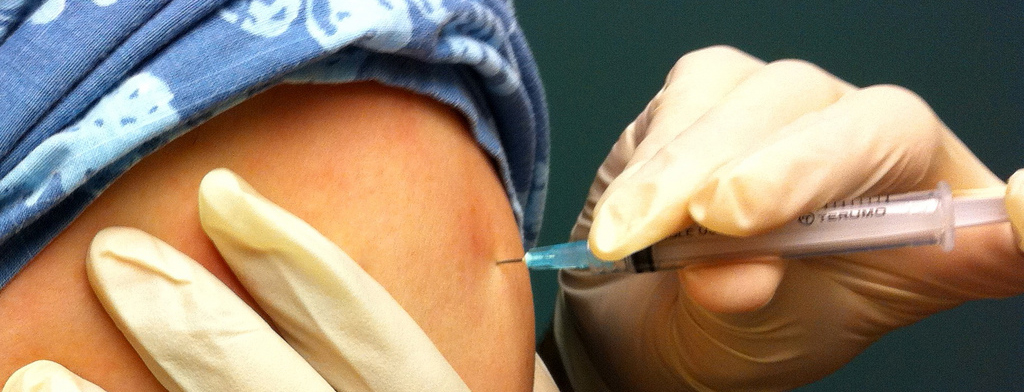The Real Cause of Typhoid Fever Accidentally Discovered

blakespot via Flickr | http://bit.ly/197vb2S
(Inside Science) -- It's often the case in science that things are discovered by accident. Alexander Fleming uncovered the secrets of antibiotics with a bout of serendipity – coupled with an intelligent mind to recognize his good fortune. Now, it seems that scientists at Yale University have lucked out, too: they've discovered the real cause of typhoid fever.
Typhoid fever is a disease that dates back to before ancient Greece and still causes as many as 200,000 deaths worldwide each year, roughly the population of Birmingham, Ala. For millennia, the cause of typhoid fever has remained a mystery. But a paper published last week in Nature revealed the true cause of the disease.
"It's the oldest recognizable disease, it devastated Athens and is credited as the main reason why the Spartans beat the Athenians in war," said Jorge Galan, the study's author.
It's been known for some time that the bacterium responsible for the disease is Salmonella typhi, but despite mankind's long history with the microbe, "we've really been blindsided as to why this bug is so pathogenic, even though it's a close cousin of the other salmonella sickness, food poisoning," said Galan.
One of the reasons why humankind has been ignorant to the workings of S. typhi is because it's a somewhat neglected disease without many researchers working on it, said leading typhoid fever expert Dr. Zulfiqar Bhutta, from Aga Khan University in Pakistan.
Galan's research now discloses how S. typhi has managed to retain its stealth for so long. Its deadliness comes from a novel life strategy: it doesn't release its toxin until it's firmly inside a mammalian host cell. Normally when microbiologists search for a potential toxin produced by a microbe, they grow the organism in a culture and then grind it up and search for a candidate compound within the mixture. But S. typhi does not produce a toxin unless you've allowed it to enter a host cell, so you couldn't possibly find it using conventional methods.
Galan, however, broke with protocol to look at the microbe after it had infected a host cell. "We happened to be studying the interaction of [S. typhi] with human cells, we weren't in the business of trying to find the typhoid toxin, we just bumped into this," said Galan.
Once inside a mammalian host cell, the typhoid bacterium begins to synthesize the toxin, which is then packaged into courier vessels to be unleashed.
"The toxin is dumped outside of the cell where the bacterium resides and it enters the blood system to hit its target," said Galan.
Once Galan had identified what he thought could be the toxin responsible for typhoid disease, he isolated and purified it. He then infected mice with it and found that it did indeed result in typhoid symptoms in the mice, except fever, which is an immune response to the presence of the bacterium rather than the toxin itself.
"I think this is an absolutely fascinating paper, but it's only the first step in the right direction," said Bhutta. "This particular study looked at mutant strains [of S. typhi], the next step is to work out how much of this is true in real life. How much of this can be replicated by other researchers?"
Bhutta said that it's still "too early to say whether this is a turning point or not," towards the possible eradication of the disease.
Galan on the other hand said it will be "scientifically trivial" to synthesize an effective vaccine from an inactivated version of the toxin he discovered – though he concedes that the practicalities of the matter, such as finding enough funding, present a more formidable challenge.
Currently, typhoid treatment relies on a course of antibiotics that targets the bacteria rather than the toxin; occasionally even that fails.
"There are many instances in which people receive antibiotics but they still can't pull out of the disease. Clearly the bacteria is no longer there. They eventually die. Our hypothesis is that the toxins are still circulating around," said Galan.

